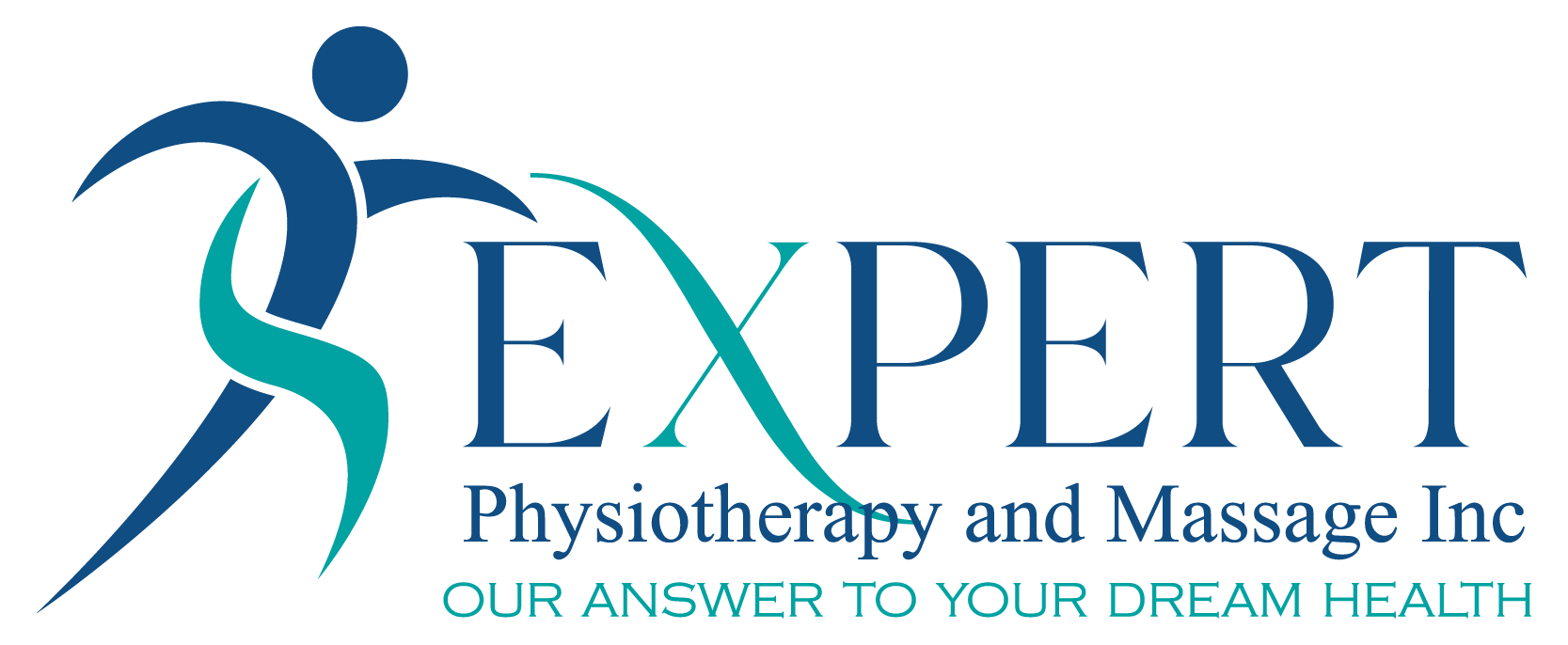If you’ve been suffering from severe back or neck pain, numbness, or tingling in your arms or legs due to a herniated disc, your doctor may recommend a discectomy — a surgery to remove part of a damaged spinal disc pressing on a nerve. But surgery is only part of the healing process.
At Expert Physiotherapy and Massage Inc, we specialize in post-discectomy physiotherapy to help you heal faster, move better, and prevent future problems.
🧠 What Is a Discectomy?
A discectomy is a surgical procedure to remove the damaged portion of a herniated disc in the spine that is compressing nerves and causing pain.
There are two common types of discectomy depending on the spine region involved:
- Lumbar Discectomy (Lower Back):
Performed to relieve nerve compression causing symptoms such as lower back pain, sciatica (leg pain), numbness, or weakness in the legs. - Cervical Discectomy (Neck):
Performed to relieve nerve compression causing neck pain, shoulder pain, arm numbness, tingling, or weakness.
Both surgeries aim to reduce nerve pressure and relieve symptoms caused by the herniated disc.
✅ Why Physiotherapy After Cervical and Lumbar Discectomy Matters
Although discectomy relieves nerve pressure, the muscles, joints, and nervous system still need guided care to regain strength, flexibility, and proper function.
Without proper rehabilitation, you may experience:
- Persistent stiffness and weakness
- Poor posture and movement habits
- Increased risk of re-injury or new disc problems
Physiotherapy plays a crucial role in restoring function, preventing recurrence, and helping you return safely to daily life, work, and activities.
🏥 What to Expect in Post-Discectomy Physiotherapy
At Expert Physiotherapy and Massage Inc, we provide a personalized rehabilitation program tailored to whether your surgery was lumbar or cervical and based on your unique needs.
Typical recovery phases include:
🔹 1. Early Recovery Phase (Week 1–3):
- Education on safe movement and posture for cervical or lumbar spine
- Gentle range-of-motion exercises
- Breathing and core activation techniques
- Pain management with modalities such as ice, heat, TENS, and manual therapy
🔹 2. Strengthening Phase (Week 3–6):
- Gradual strengthening of neck and upper back muscles (cervical discectomy) or core, lower back, and hip muscles (lumbar discectomy)
- Neuromuscular re-education for balance and coordination
- Light aerobic activity like walking or stationary cycling
🔹 3. Functional & Return-to-Work Phase (Week 6+):
- Sport- or job-specific movement training
- Safe lifting and bending techniques
- Endurance, flexibility, and postural correction exercises
- Education on preventing future disc injuries
⚠️ Precautions After Discectomy Surgery
To support healing and avoid complications, it’s important to follow these precautions after your cervical or lumbar discectomy:
- Avoid heavy lifting or strenuous activities for at least 6 weeks or as advised by your surgeon and physiotherapist
- Do not bend, twist, or stretch excessively especially in the early stages
- Avoid prolonged sitting or standing without breaks — change positions frequently
- Sleep in a position that supports your spine (use pillows for neck or lower back support)
- Follow your physiotherapist’s advice on when and how to gradually increase activity
- Report any new or worsening symptoms such as increasing pain, numbness, or weakness immediately to your healthcare provider
- Avoid smoking and maintain a healthy diet to promote healing
🚫 Problems with Blindly Following Online Exercises After Surgery
While online exercise videos may seem convenient, blindly following them without professional guidance after discectomy surgery can cause serious issues, including:
- Incorrect technique: Without personalized assessment, exercises might be done improperly, risking injury or strain.
- Wrong exercise selection: Some exercises may be inappropriate for your stage of recovery or specific surgical site.
- Overloading healing tissues: Doing too much or too intense exercise too soon can delay healing or worsen symptoms.
- Ignoring pain signals: Online programs don’t monitor your pain or neurological symptoms that need urgent attention.
- Lack of progression: Exercises may not be adapted to your improving strength and mobility, limiting recovery potential.
Professional physiotherapy ensures your rehab exercises are safe, effective, and tailored to your condition—helping you recover optimally without setbacks.
🤝 Why Choose Professional Physiotherapy Over Self-Treatment?
After cervical or lumbar discectomy, improper movement or doing too much too soon can delay healing or cause setbacks.
Physiotherapists provide:
- Safe, progressive rehabilitation plans
- Hands-on manual therapy and nerve mobilization
- Monitoring for complications or delayed recovery
- Long-term education to promote spine health
Self-treatment lacks this personalized guidance, putting your recovery at risk.
💡 Home Tips for a Better Recovery
- Avoid prolonged sitting or poor postures during early healing
- Use ergonomic supports for your neck or lower back
- Take regular gentle walks to promote circulation
- Follow your prescribed physiotherapy exercises daily
🌟 Let Us Support Your Full Recovery
Recovering from cervical or lumbar discectomy doesn’t end with surgery. At Expert Physiotherapy and Massage Inc, we are dedicated to helping you heal completely, restore function, and live pain-free—with expert care tailored just for you.
📞 Book your post-discectomy physiotherapy consultation today and start your journey to better health and mobility.
Would you like me to prepare a social media summary or patient handout?


